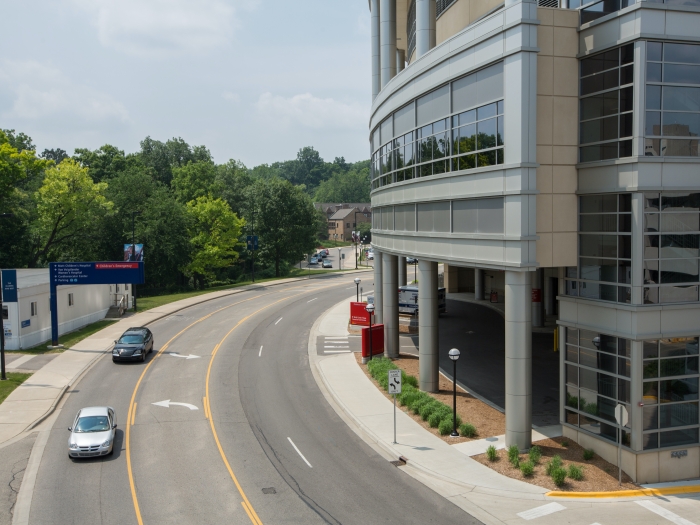In 20 years, only 92 gold-standard studies have been done for cardiac arrest, though it happens a staggering 535,000 times annually in the U.S.
7:00 AM
Author |

Cardiac arrest happens hundreds of thousands of times a year in this country, whether on a city street, a golf course or a hospital floor. Even with treatment, chances of survival are just 1 in 10.
SEE ALSO: Just 5% of Patients Account for a Third of ICU Time
But although cardiac arrest kills 10 times more people than breast cancer, new research shows a huge lack of studies aimed at improving care and survival.
In the past 20 years, a University of Michigan-led team found, only 92 randomized controlled trials have been done on the immediate treatment of cardiac arrest. The team published a review of the literature online in Circulation: Cardiovascular Quality and Outcomes.
The randomized clinical trials that have been done on cardiac arrest involved just over 64,000 patients. Fewer than five studies a year have published results.
And most studies tested drugs and devices rather than ways to improve the system of cardiac arrest care, including response by bystanders, ambulance crews and hospitals, the team reported.
"What we found in a nutshell was a striking paucity of randomized clinical trials relative to the burden of cardiac arrest in this country," says Shashank S. Sinha, M.D., M.Sc., a cardiovascular medicine fellow at the U-M Medical School. "We estimate that only 2.5 such trials have been done for every 10,000 out-of-hospital cardiac arrests, and the number is even lower for in-hospital cardiac arrests."
By comparison, he says, each year there are 25 to 86 times more clinical trials published for heart failure, heart attack and stroke than for cardiac arrest.
The review did find that the pace of trials on cardiac arrest has picked up in the past five years, a sign the trend is changing. All told, the researchers evaluated more than 5,000 published medical journal articles and abstracts, but most did not meet the standard needed to draw specific conclusions about the effectiveness of treatment options.
"Cardiac arrests remain a significant public health need worldwide, and the limited progress in improving poor survival in the U.S. and globally may be due to inadequate research," says Sinha. "We need to move the needle."
He notes that momentum appears to be building for further action on cardiac arrest, citing a recent report by the Health and Medicine Division of the National Academies of Sciences, Engineering and Medicine, and the American Heart Association's recent update to guidelines for CPR and emergency cardiac care.
The limited progress in improving poor [cardiac arrest] survival in the U.S. and globally may be due to inadequate research. We need to move the needle.Shashank Sinha, M.D., M.Sc.
Compelling opportunities
The new paper spotlights areas where research on cardiac arrest is most lacking, including protocols for emergency care, post-arrest care, and long-term survival and functional outcomes.
SEE ALSO: Are Schools Prepared to Save Lives?
Many of the trials highlighted followed patients only through the return of spontaneous circulation or the restarting of normal heart rhythm. Some studied whether the patients survived long enough to be discharged from the hospital. But what happens to survivors for the days, months and years that follow is largely unstudied.
Another potential area for research to improve cardiac arrest care is standardizing how researchers measure the outcomes of care, including patient-centered outcomes such as returning to work or having a reasonable quality of life.
Sinha notes that most of the best studies on cardiac arrest have been done outside the United States — suggesting a major opportunity for funding agencies and organizations to support new trials.
Although researchers should study new drugs and the use of automated CPR devices while a cardiac arrest is underway, he says, there's a "compelling opportunity" to study immediate post-arrest care.
Better research on processes of care, which could lead to standardization and even accreditation of hospital care, is sorely needed, he says. Perhaps one day, cardiac arrest care could reach the place heart attack care has.
The new review did not include studies of public health interventions, such as the widespread installation of automated external defibrillators, or AEDs. It also excluded studies on infants and children.
Sinha's U-M co-authors include Brahmajee Nallamothu, M.D., M.P.H., a U-M and Veterans Affairs cardiologist who served on a National Academies panel that called for action on cardiac arrest, and is, like Sinha, a member of the U-M Institute for Healthcare Policy and Innovation. Also on the research team was Robert Neumar, M.D., Ph.D., chair of emergency medicine at U-M and chair of the American Heart Association's emergency heart care committee that helped create new cardiac arrest treatment guidelines. All three are members of the Michigan Center for Integrative Research in Critical Care.
A colleague from the Mid America Heart Institute, Paul S. Chan, M.D., M.Sc., also contributed. Chan is also chair of science for the American Heart Association's Get With The Guidelines-Resuscitation registry for in-hospital cardiac arrest.

Explore a variety of healthcare news & stories by visiting the Health Lab home page for more articles.

Department of Communication at Michigan Medicine
Want top health & research news weekly? Sign up for Health Lab’s newsletters today!





